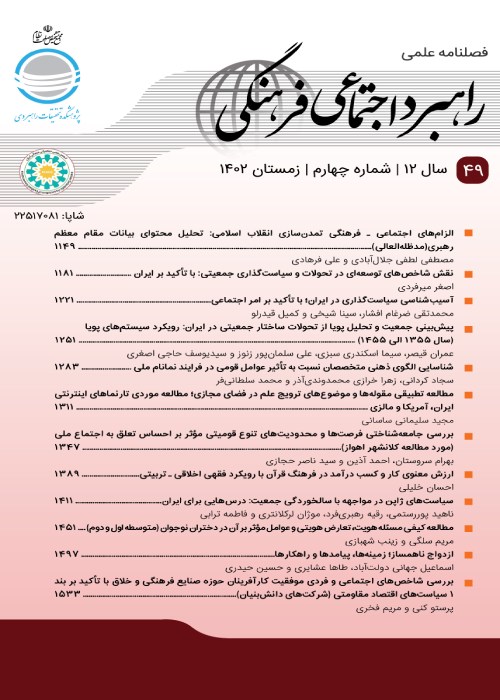Iran's Requirements to Develop Its Balanced Regional Model in Coherence with Achieving International GHGs Emission Reduction Goals
Abstract:
Climate change and its consequences will change human life enormously during coming decades. This has caused the international community to place high priority to conduct evaluation, in order to formulate the necessary control strategies as part of its top actions. Iran is ranked the ninth-largest emitter of GHG emissions in 2015 and, during Paris negotiation, Iran pledged 4% emissions cut by 2030 relative to BAU, and furthermore, if enjoying full technical and financial supports from international community, this could increase to 12%. In the light of this decision, the present research work pays attention to the analyses of Irans GHG emissions sectorial trends during recent decades. Evaluations indicate that the pattern is uptrend and power plants, residential-commercial buildings, and transportation are the greatest emitter sectors. Analysis of driving forces influencing the long-term emissions (1971-2012) show that factors such as population, GDPcapita, energy intensity, and carbon intensity are the most effective driving forces with impact coefficients .94, .004, -0.035, and -0.694, respectively. Evaluation of development-revenue patterns from GHG emissions perspective confirms that a large amount of fuels would have to be consumed in industrial sectors with the least economic efficiency. In addition, small industrial units (with less than 10 employees), despite high energy consumption, cannot compete with large industries in revenue production. A closer examination, from justice and equitable distribution of facilities, driving forces, and responsibilities, among provinces in Iran revealed an unbalanced and far from justice existing structure. International reduction goals are not achievable unless adequate identification of current circumstances with a broad view to find solution to existing problems and such analyses and models, as developed in this research, can be used for better understanding of needs and parameters for the development of a model based on equity and sustainability.
Keywords:
Balanced Model , Emission , GHG , Driving Forces , Income , Equity , Iran
Language:
Persian
Published:
فصلنامه راهبرد اجتماعی فرهنگی, Volume:6 Issue: 21, 2017
Page:
143
magiran.com/p1682047
دانلود و مطالعه متن این مقاله با یکی از روشهای زیر امکان پذیر است:
اشتراک شخصی
با عضویت و پرداخت آنلاین حق اشتراک یکساله به مبلغ 1,390,000ريال میتوانید 70 عنوان مطلب دانلود کنید!
اشتراک سازمانی
به کتابخانه دانشگاه یا محل کار خود پیشنهاد کنید تا اشتراک سازمانی این پایگاه را برای دسترسی نامحدود همه کاربران به متن مطالب تهیه نمایند!
توجه!
- حق عضویت دریافتی صرف حمایت از نشریات عضو و نگهداری، تکمیل و توسعه مگیران میشود.
- پرداخت حق اشتراک و دانلود مقالات اجازه بازنشر آن در سایر رسانههای چاپی و دیجیتال را به کاربر نمیدهد.
In order to view content subscription is required
Personal subscription
Subscribe magiran.com for 70 € euros via PayPal and download 70 articles during a year.
Organization subscription
Please contact us to subscribe your university or library for unlimited access!


